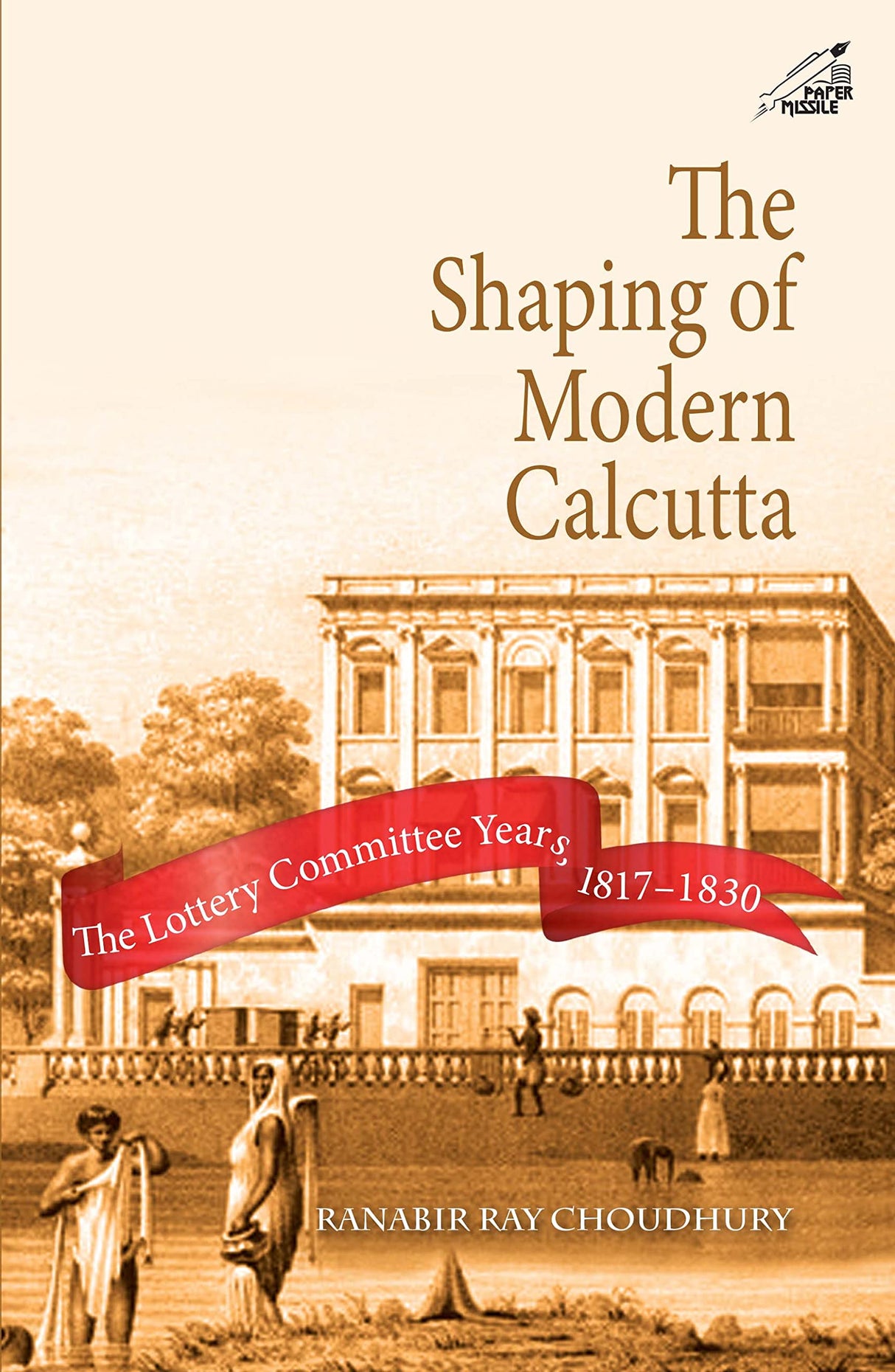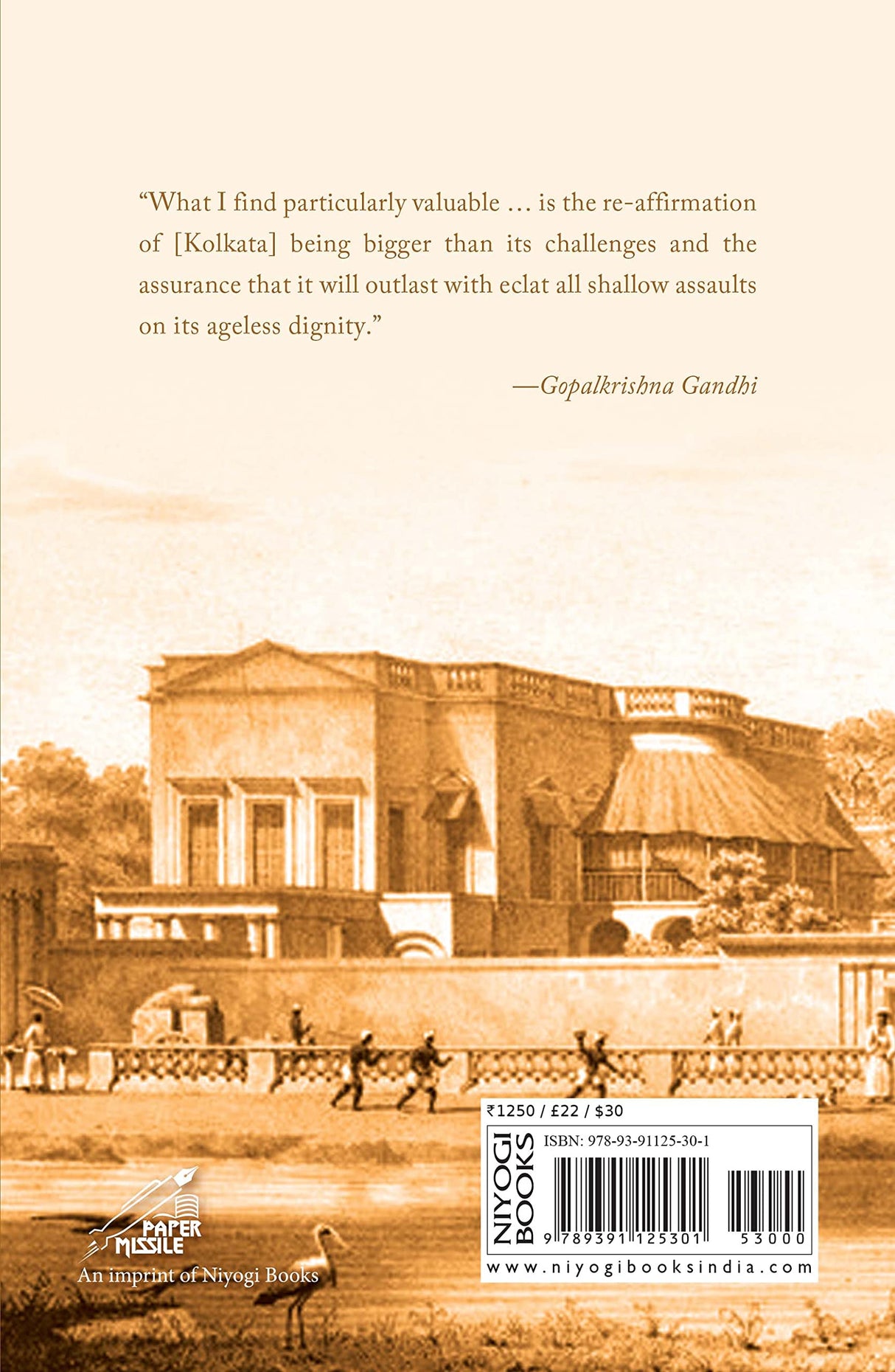The Shaping of Modern Calcutta: The Lottery Committee Years 1817-1830 (H.B)
The Shaping of Modern Calcutta: The Lottery Committee Years 1817-1830 (H.B) is backordered and will ship as soon as it is back in stock.
Couldn't load pickup availability
Genuine Products Guarantee
Genuine Products Guarantee
We guarantee 100% genuine products, and if proven otherwise, we will compensate you with 10 times the product's cost.
Delivery and Shipping
Delivery and Shipping
Products are generally ready for dispatch within 1 day and typically reach you in 3 to 5 days.
Book Details
-
Publisher: Niyogi Books
-
Author: Ranabir Ray Choudhury
-
Language: English
-
Edition: First Edition
-
ISBN: 9789391125301
-
Pages: 516
-
Cover: Hardcover
-
Color: All colour
About The Book
The Shaping of Modern Calcutta: The Lottery Committee Years 1817-1830 delves into one of the most significant periods of Calcutta’s history, revealing the profound impact that the Lottery Committee had on shaping the city’s trajectory. Authored by Ranabir Ray Choudhury, this meticulously researched volume offers an insightful exploration into the years 1817-1830, a pivotal period that saw the transformation of Calcutta from a colonial trading post to a modern urban center.
The book explores the intricacies of the Lottery Committee, its policies, and how its decisions impacted the development of the city’s infrastructure, governance, and society. It captures the nuances of colonial administration, economic growth, and the social changes that began to define the modern era in Calcutta.
Spanning over 516 pages, Choudhury’s work highlights how this committee's workings were not just about lotteries but also a reflection of the broader social, economic, and political shifts that characterized the era. It touches upon themes of urbanization, colonialism, and cultural evolution, offering readers a deep understanding of how Calcutta emerged as the intellectual and commercial hub of British India.
This book is a crucial contribution to the field of Indian history and urban studies, particularly for those interested in the colonial legacy and its lasting influence on modern Indian cities. With full-color illustrations to complement the narrative, it provides a visual and historical feast for the reader, making it an essential read for historians, scholars, and anyone fascinated by the history of Calcutta.







